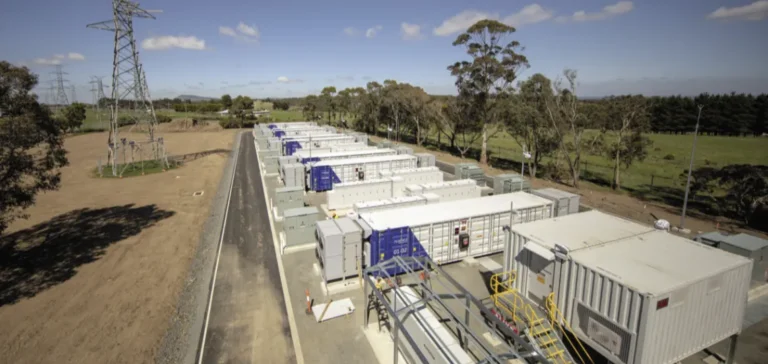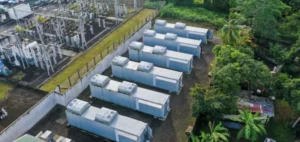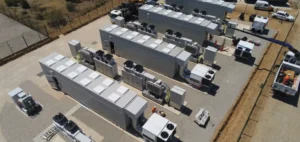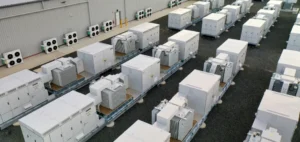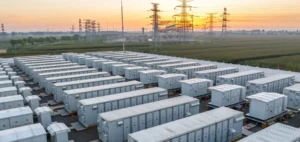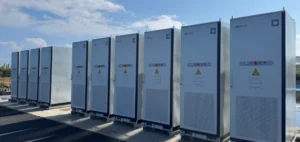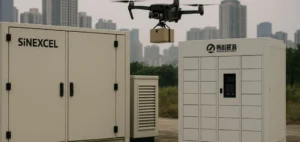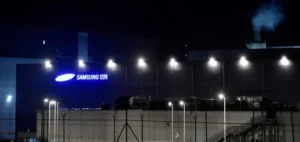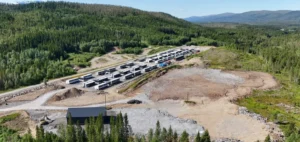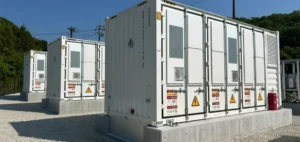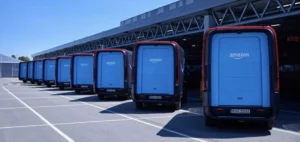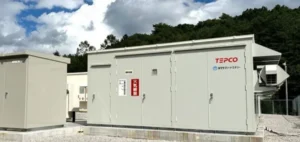Merchant battery energy storage systems on Indian wholesale markets generated profits for the first time in 2024, according to a study published by Ember. This shift is the result of a significant decrease in acquisition costs and a notable increase in revenues from participation in electricity markets.
Significant cost reduction and revenue growth
According to Ember, the cost of battery storage fell by nearly 80% over the last decade, dropping from $94,700 per megawatt-hour (MWh) in 2015 to $20,400 per MWh in 2025. At the same time, potential revenues from selling electricity on the markets multiplied fivefold over the same period, reaching $28,800 per MWh in 2025. This combined evolution in costs and revenues makes battery storage particularly attractive for grid operators.
Market momentum driven by price volatility
The Ember report notes that battery storage charges during periods of cheap electricity, generally during sunny hours, then returns the energy during demand peaks when prices are higher. Between 2022 and 2024, the price of electricity almost reached the cap of $0.12 per kilowatt-hour (kWh) in one out of six hours on the day-ahead market, while midday prices fell by nearly 20% during summer. On some days in summer 2025, prices dropped almost to zero, reflecting the high volatility now characteristic of the Indian market.
This variability is part of the transformation of the energy mix, marked by solar growth and limited flexibility of thermal power plants, which struggle to respond quickly to changes in demand.
Increased returns through ancillary services
Ember estimates that a battery storage system installed in 2025 can achieve an internal rate of return (IRR) of 17% by participating only in the day-ahead market. The addition of ancillary services, essential for balancing the grid, could increase this IRR to 24% in the most favourable scenarios, with annual revenues reaching $39,600 per MWh. According to the most conservative forecasts, returns would remain high at 21%, particularly thanks to increased revenues from grid adjustment services.
The rapid evolution of the market encourages stakeholders to closely monitor growing demand for ancillary services and opportunities arising from the integration of renewables into the Indian electricity grid.


